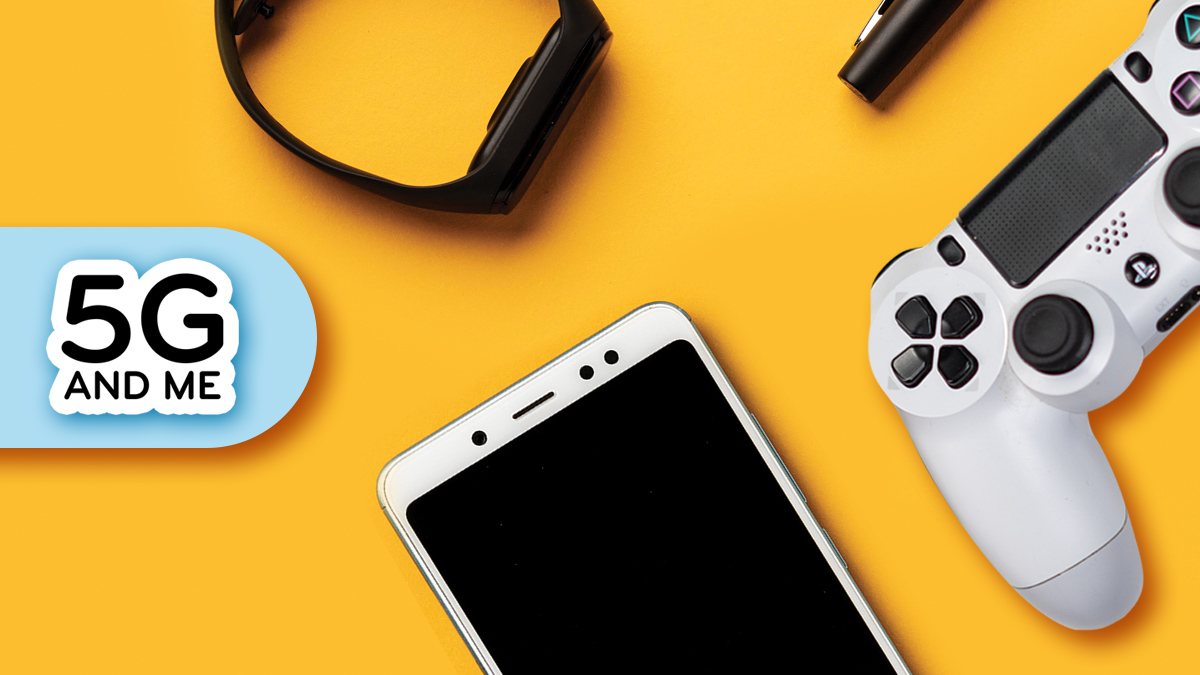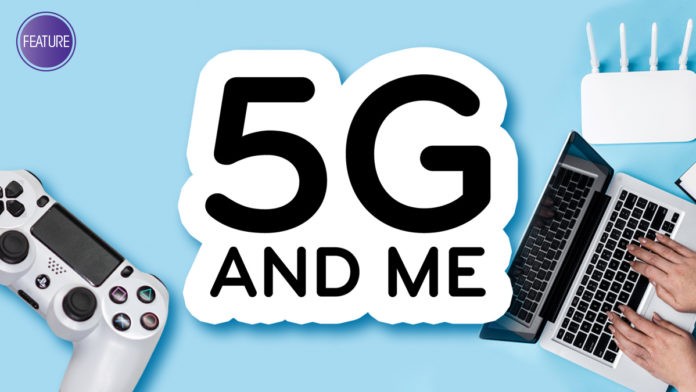There’s been a lot of buzz about 5G of late, what with telcos all over the world rushing to roll the service out en masse. When you ask the person on the street though, all you’re likely to hear they’re excited about is faster connection speeds. While this is true—5G is blisteringly fast—it’s so much more than just raw speed. 5G opens up a lot of possibilities that future tech will be building upon. If you want to get the skinny on the 5G phenomenon, we’re here to give you just that, so read on.
There are a few things that 5G is looking to address, and the first is, of course, speed. As content gets richer and richer, we need connection speeds to match. Let us put things in perspective: 4K streaming can be taxing even for some fixed-line connections (think wired home internet). 5G will let us stream 8K content on phones. Whether or not you need 8K on your phone is another thing altogether, but it’s nice to know that it’s possible. 5G allows 10Gbps data rates, which is anywhere from 10 to 100 times better than current 4G connectivity. Movies, work files, music, streaming—if you thought 4G was great, multiply that by at least 10, and that’s the kind of speed we’re talking about with 5G.
Another requirement 5G was designed to meet is 1-millisecond latency. In the simplest terms, latency is the time it takes for an instruction to be sent, and a reply to be received. Currently, it’s at about 400ms for 4G. While that’s quite an impressive number, what’s even more impressive is what low latency will allow technology to do.
Let’s start simple, with an example like gaming. Right now, for the most part, games run on the devices they’re played on. When you load a game on your phone, for example, your phone does all the heavy lifting, rendering the characters, the environment, sounds, everything about the world your game is in. Even for online games, it’s our computers and phones that do the work, and servers simply take in and process information and farm it out to the relevant players, where their devices make sense of that information, do some more computation, and render sounds, visuals, and reactions accordingly. With super-low latency, we can move all that load elsewhere to much more powerful computers located remotely, and your phone can basically receive a video stream of the game that that powerful remote computer is rendering. This means that phones don’t need powerful, hot, battery-hungry hardware to play games that look great and are incredibly immersive. “But,” you might ask, “can’t we do that now?” Sure we can, but with latency in the hundreds of milliseconds at best, if we were to do that, it would take an unacceptable amount of time between your pulling the trigger in-game and the result of that trigger pull in a remote computer elsewhere, making the game unplayable. That’s why playing a shooting game while battling high latency is so infuriating. 5G gives cloud computing a massive boost.

This extends to other things that are more critical than gaming. The calculations needed for self-driving cars to function are extremely sensitive to time. We can have each car do all the computations locally, but allowing that to be backed up be better connectivity (more on this later) and better compute power remotely can only lead to good things. You would be less reliant on the computing power located in a single vehicle, and instead, have a lot of the work done by powerful server banks that don’t even have to be in the same zip code as the cars they’re helping.
There’s also telemedicine. With the time difference between issuing commands and the receipt of that command measured in single-digit milliseconds, this allows remote surgery to happen with much greater precision than ever before. With the correct hardware (think remote-controlled surgery robots) and 5G connectivity, doctors can perform surgery from across the globe, as if they were in the same operating room as the patient.
Another thing 5G brings to the table is a greater number of connected devices in a given area—up to a hundred times more than can be supported by 4G connectivity. This becomes important once the internet of things (IoT) starts to really take off. Once everything is connected to the internet, we’ll need networks to match, and 5G is the answer. From phones to wearables, cars, package trackers, and every little data collecting gadget for weather, temperature, movement, and anything else you can imagine, networks will have a lot to deal with, and 5G has been built to do just that.
While we’re talking about the internet of things, 5G connectivity will also allow devices to stay connected with low power requirements, allowing even smaller IoT devices to stay connected for longer, without having to keep being charged.
There are even more, equally important things that 5G lets networks, including better coverage, better availability, and the like, all of which are also important for the next steps in an even more connected world.
So, when is it arriving? Well, networks are rolling 5G out as we speak. More and more devices are likewise arriving with 5G connectivity. Some technologies are ready to take off, and are just waiting for that last piece to complete the puzzle, while others need a little more research and development to make it into prime time. Estimates are expecting to see 5G users break the 1 billion mark in 2023, and a report by network leader Ericsson says that 5G services will have 3.5 billion subscriptions when 2026 rolls around. From what we can tell, it’s not going to be a massive change all at once, but like a lot of tech now, more of a steady improvement of the technologies we currently enjoy. There are challenges, including legislation, infrastructure, and adoption, but that’s true of practically any technology. Rest assured though, that the benefits of 5G connectivity are going to happen sooner, rather than later.
Words by Ren Alcantara
Also published in GADGETS MAGAZINE January 2021 Issue
